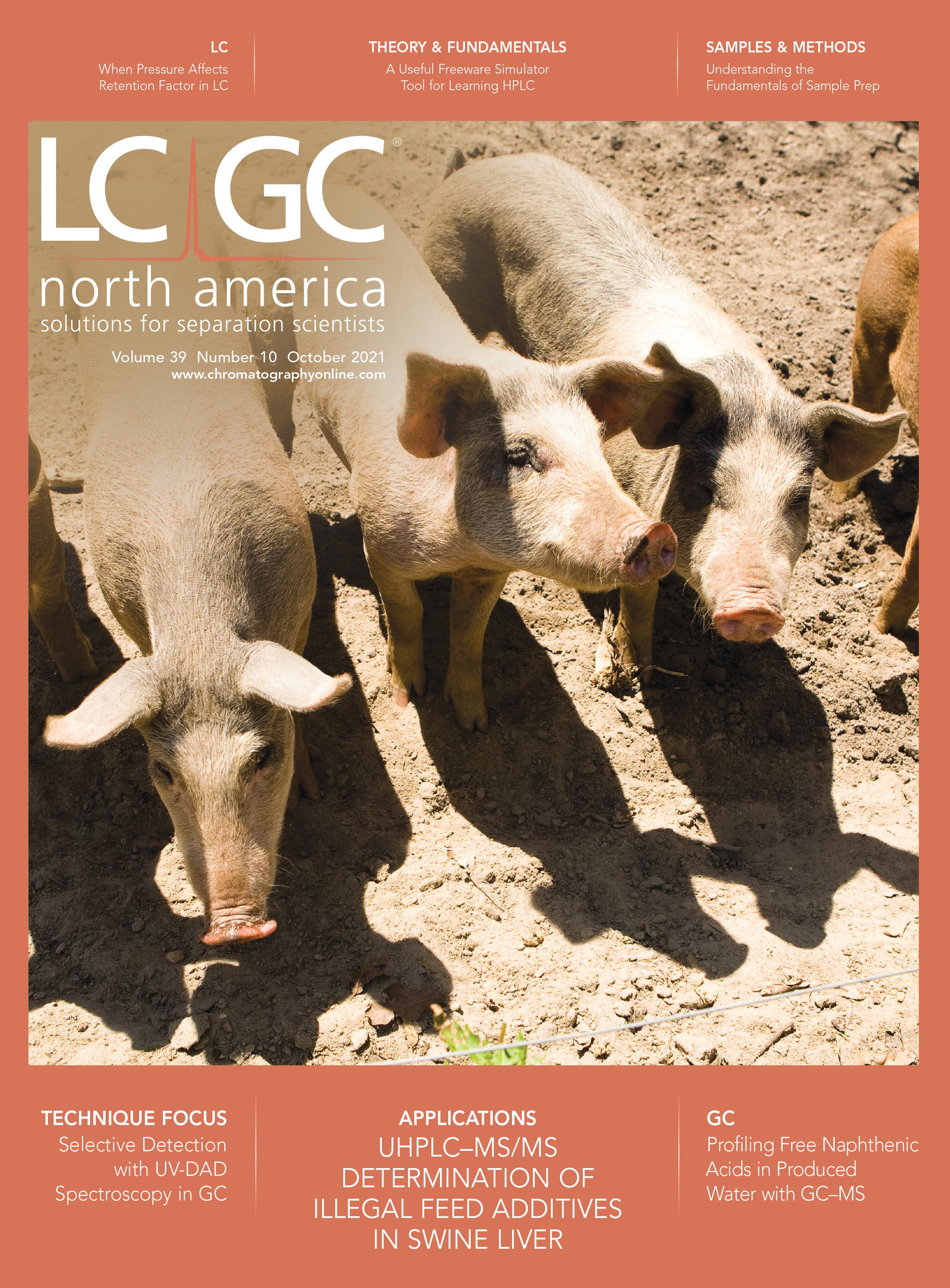Fundamentals: To Prep or Not to Prep? That is the Question...
Separation science is an intriguing and challenging interdisciplinary field. Many of our daily rituals depend on effective chemical separations. This includes our much-needed morning coffee or tea! Among the separation science subdisciplines, chromatography has surely played a dominant role in enabling separations of complex mixtures by exquisitely coupling fundamental knowledge with technological advancement. In my opinion, one of the major strengths of chromatography is the solid, fundamental understanding that many research groups in the world have tirelessly worked on building for the scientific community.
In the realm of separation methods, analytical extraction and sample preparation can be considered the “Cinderella” subfield—it is often overlooked, and its attributes and value are unrecognized. Everyone needs to prepare and extract their samples prior to introduction into separation or detection systems; however, a lesser number of users fully understands the fundamental concepts and the fascinating interplay of chemistry, physics, engineering, and material science that govern analytical extraction processes.
After starting my independent academic career and being responsible for mentor- ing graduate and undergraduate students, the words of my post-doctoral advisor, Professor Janusz Pawliszyn, still resonate loudly in my mind: “You need to understand the fundamentals!”
Understanding the fundamentals of extraction methodologies is in fact critical for research and development in academia as well as in industrial settings, and can enable chromatographers to find smart solutions to tackle the complex composition of different types of samples.
To achieve this understanding, it is important to focus not only on the number of applications that a certain extraction methodology can accomplish, but also on what drives the performance of that methodology in terms of extraction efficiency, selectivity, and compatibility to separation and detection platforms. Concepts of mass transfer, analyte and extraction phase interactions, adsorption isotherms, matrix effects, and matrix compatibility must be very well studied and understood to properly tune extraction methods to diverse samples and analytical needs.
In this context, educators play a critical role in raising awareness about the science behind analytical extraction methodologies. The lack of understanding of the role of sample preparation goes beyond the educational aspect, however. When I interact with peers, a question that often comes up is, “Why would I spend time on sample prep, when I can just use an advanced separation system or the powerful high-res mass spectrometer?”
My take is this: Why wouldn’t you spend some time on your sample preparation to avoid “garbage in, garbage out” effects and repetitive maintenance on your system after injecting dirty samples? Why wouldn’t you want to get a clean chromatogram when you can? If you have access to very sophisticated instrumentation or to a very talented instrument repair person, lucky you, but not every laboratory can.
We all too often see analytical sample preparation tools sold as a “kit” to extract specific analytes from defined samples and aimed to simplify the analyst’s work. While this approach works very conveniently for routine analysis, it has given the wrong impression over the years that all sample prep researchers do are easy and repetitive protocols, such as passing a sample through a solid-phase extraction (SPE) cartridge, or immersing a solid-phase microextraction (SPME) fiber in a liquid.
The potential of extraction methodologies goes beyond the traditional misconceptions. Simply optimizing and validating analytical methods is not all that scientists devoted to sample prep should and can do.
Today’s scientific community has access to a very diverse “sample prep toolbox” that includes exhaustive and non-exhaustive techniques, micro-scale approaches, and more. Let’s make the effort not to limit sample prep research to the analysis of n analytes in n+1 samples, and utilize what every sample preparation technique has to offer to study more in-depth biological phenomena, chemical and physical transformations, and phase distribution, to mention a few applications.
I also want to emphasize here that strategizing the proper extraction approach can facilitate complex chromatographic separations as well. In fact, I strongly agree with my colleague Flavio A. Frachina when he mentions that coupling the proper extraction method with chromatographic separation platforms is “the most powerful analytical alliance” in modern separation science (1).
I would like to conclude by saying that it is important to acknowledge that no sample preparation or extraction technique is a panacea. Therefore, to know what’s best for your specific analytical needs,“You need to understand the fundamentals!”
References
(1) F.A. Franchina, D. Zanella, L.M. Dubois, and J.F. Focant, J. Sep. Sci. 44(1), 188–210 (2021). doi:10.1002/jssc.202000855
Emanuela Gionfriddo is an Assistant Professor of Chemistry at the Department of Chemistry and Biochemistry of The University of Toledo, Ohio. Direct correspondence to: emanuela.gionfriddo@utoledo.edu


New Study Reviews Chromatography Methods for Flavonoid Analysis
April 21st 2025Flavonoids are widely used metabolites that carry out various functions in different industries, such as food and cosmetics. Detecting, separating, and quantifying them in fruit species can be a complicated process.
Thermodynamic Insights into Organic Solvent Extraction for Chemical Analysis of Medical Devices
April 16th 2025A new study, published by a researcher from Chemical Characterization Solutions in Minnesota, explored a new approach for sample preparation for the chemical characterization of medical devices.

.png&w=3840&q=75)

.png&w=3840&q=75)



.png&w=3840&q=75)



.png&w=3840&q=75)







